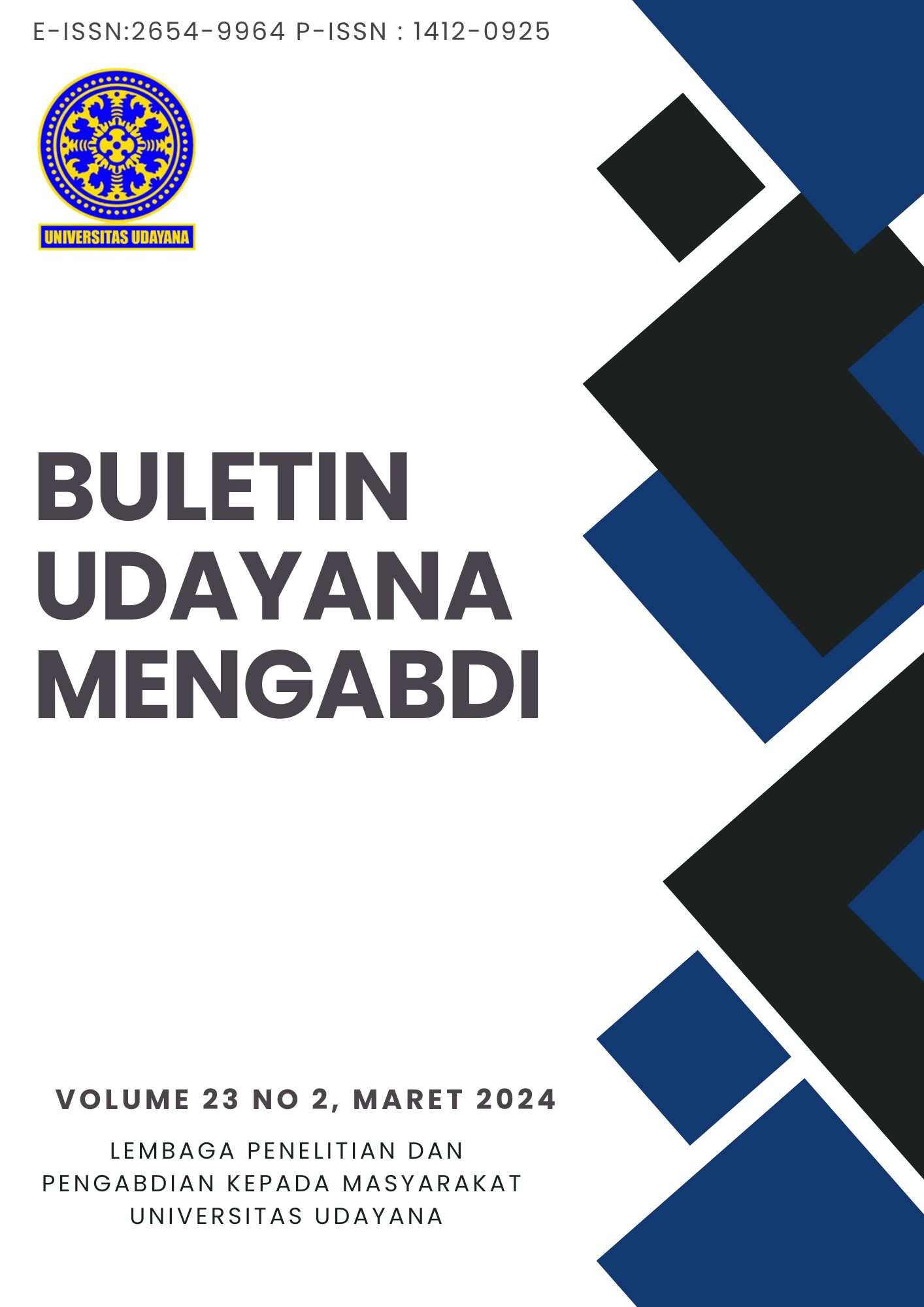TRANSPLANTASI TERUMBU KARANG UNTUK TUJUAN REHABILITASI DI PANTAI LIPAH
Abstract
Indonesia’s coral reefs are known as the most species-rich in the world, but also face exceedingly high levels of local anthropogenic pressure. Reef restoration is likely to play a valuable role in the management of these exceptionally diverse and threatened ecosystems. The transplantation had been conducted in the Lipah Beach with 100 hexagon-shaped structures and 500 coral seeds planted consisted of Acropora spp. and Stylophora spp. During 4 months, the local community also involved in monitoring was carried out once/week to observed the growth rate and survival rate of the transplanted coral seedlings of activity. This study result showed that coral seedlings were successful in growing on transplanted structures with varying growth rates for each species in the range of 0.2 – 0.45 cm/month. Public awareness and massive community involvement in co-management with relevant stakeholders plays an important role for the sustainability of coral reef ecosystem and the associated biota included in it.
Keywords: Restoration, Biodiversity, Coral reefs, Hexagon, Community development
Downloads
References
Anggreni, P., & Suartini, N. W. (2021). Analysis of Snorkeling Amed Tourism Object Marketing Strategy. International Research Journal of Management, 8(5), 393–410.
Boch, C. A., & Morse, A. N. C. (2012). Testing the effectiveness of direct propagation techniques for coral restoration of Acropora spp. Ecological Engineering, 40, 11–17. https://doi.org/10.1016/j.ecoleng.2011.12.026
Ceccarelli, D. M., Loffler, Z., Bourne, D. G., Al Moajil-Cole, G. S., Boström-Einarsson, L., Evans-Illidge, E., Fabricius, K., Glasl, B., Marshall, P., McLeod, I., Read, M., Schaffelke, B., Smith, A. K., Jorda, G. T., Williamson, D. H., & Bay, L. (2018). Rehabilitation of coral reefs through removal of macroalgae: state of knowledge and considerations for management and implementation. Restoration Ecology, 26(5), 827–838. https://doi.org/10.1111/rec.12852
Dunning, K. H. (2015). Ecosystem services and community based coral reef management institutions in post blast-fishing Indonesia. Ecosystem Services, 16, 319–332. https://doi.org/10.1016/j.ecoser.2014.11.010
Fadli, N. (2008). Survival rate of coral fragments Acropora formosa transplantated on artificial reef made from rubble. Berita Biologi, 9(3), 265–273.
Ferse, S. C. A., Hein, M. Y., & Ro, L. (2021). A survey of current trends and suggested future directions in coral transplantation for reef restoration. PLoS ONE, 16(5), 1–21. https://doi.org/10.1371/journal.pone.024996
Higgins, E., Scheibling, R. E., Desilets, K. M., & Metaxas, A. (2019). Benthic community succession on artificial and natural coral reefs in the northern Gulf of. PLoS ONE, 14(2), 1–24.
Johan, O., Soedharrna, D., & Suharsono. (2008). Tingkat keberhasilan transplantasi karang batu pada lokasi berbeda di gugusan Pulau Pari Kepulauan Seribu Jakarta. Jurnal Riset Akuakultur, 3(2), 289–300. http://ejournal-balitbang.kkp.go.id/index.php/jra/article/view/2479
Ladd, M. C., & Shantz, A. A. (2020). Trophic interactions in coral reef restoration: A review. Food Webs, 24, e00149. https://doi.org/10.1016/j.fooweb.2020.e00149
Muzaki, F. K., Saptarini, D., Azizah, I. R., Sari, I. K., & Pramono, A. T. E. (2020). Survival and growth of Acropora millepora coral fragments transplanted in turbid water of Sepulu, Bangkalan – Madura. Ecology, Environment, and Conservation, 26(Suppl), S26–S31.

This work is licensed under a Creative Commons Attribution-ShareAlike 4.0 International License.

This work is licensed under a Creative Commons Attribution-ShareAlike 4.0 International License.




.png)


1.png) GARUDA - GARBA RUJUKAN DIGITAL
GARUDA - GARBA RUJUKAN DIGITAL



